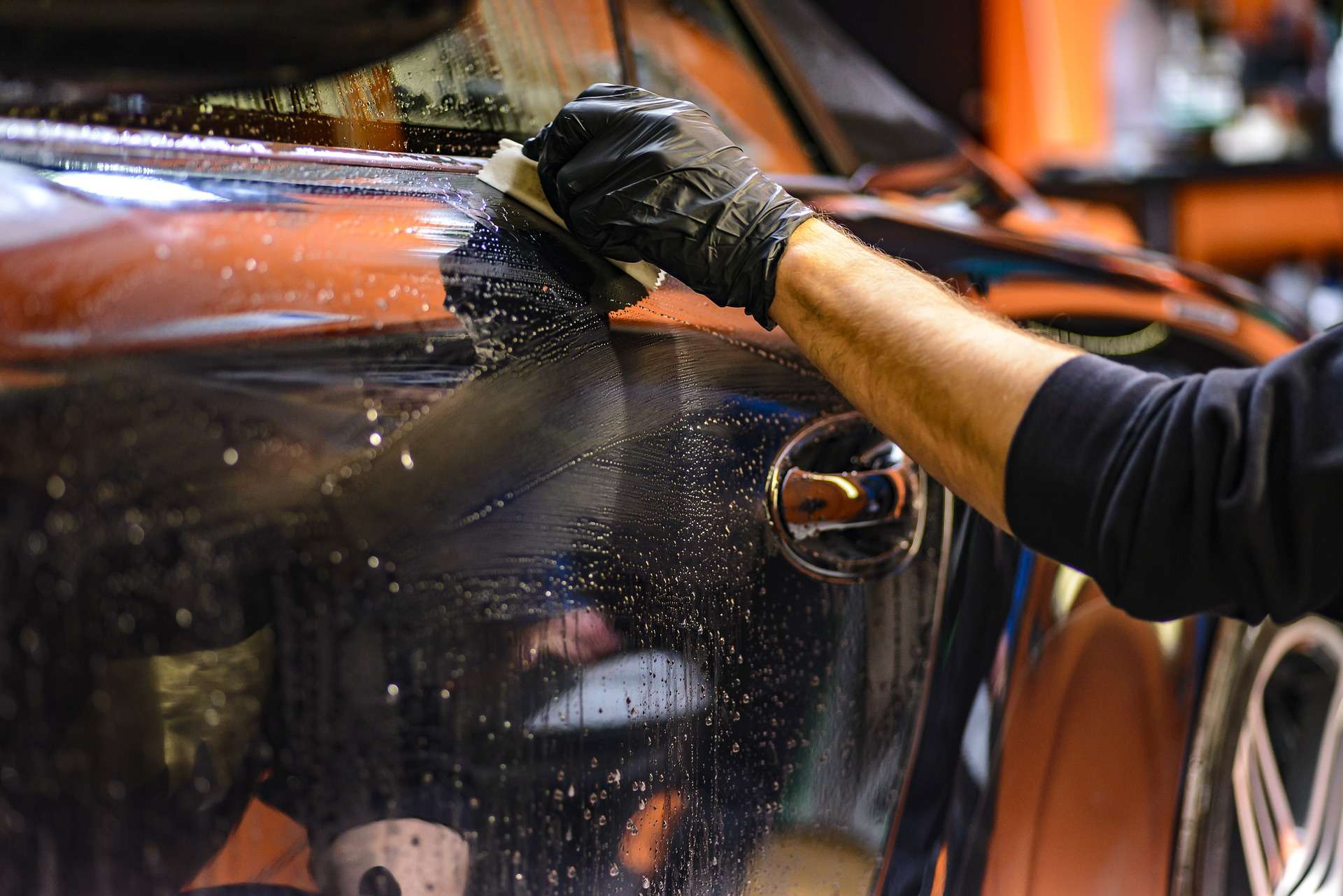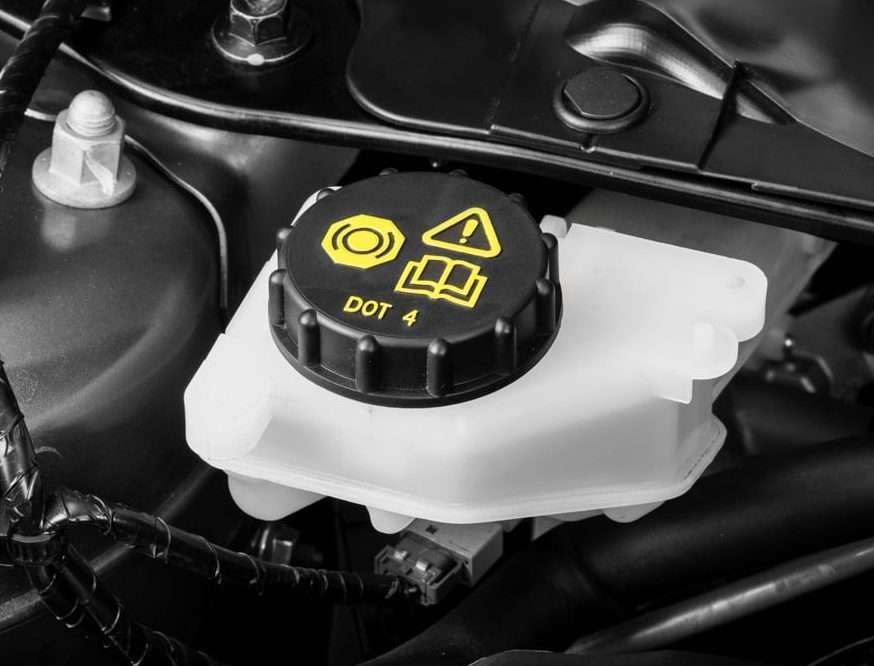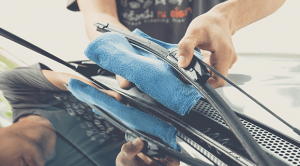.
Có nęn ngắt ắc quy khi đỗ xe lâu ngŕy (5-6 tháng không charge) trong gara?
Xe có bị hư hại gě không nếu ngắt běnh ắc quy lâu nhiều tháng ?
Xin ý kiến!

Results 1 to 4 of 4
-
06-01-2024, 04:48 #1
Có nęn ngắt ắc quy khi đỗ xe lâu ngŕy?
-
06-01-2024, 06:04 #2
Theo tôi nhớ không lầm lŕ nęn tháo dây běnh điện ra để bảo vệ běnh điện . Kỳ rồi có 1 bŕi báo nói về điều đó lúc thời Covid do nhiều người không có môi trường důng xe thời đó . Bŕi báo nó nói tư chuyęn gia lŕ nęn tháo 2 dây âm dương của cọc běnh ra dể ...gě gě đó mŕ toi quęn rồi, cũng khá lâu tręn 2 năm rồi .
Xe không bị hư nếu tháo 2 dây cọc běnh ra . Tháo dây ra lŕ để bảo vệ běnh điện vŕ gě gě đó ....lâu quá quęn mất .
Tôi có biết rất nhiều người phải mua běnh điện mới trước khi được đi lŕm lại
-
06-01-2024, 09:49 #3
Bŕi nŕy chỉ dẫn nhiều chuyện nęn lŕm khi để xe lâu không důng đến :
PREPARE YOUR CAR FOR PROLONGED IMMOBILIZATION
Apr 3, 2023 | Maintenance & overhaul
Whether it's a vintage car, a collector's car or a camper van, your cars also need to be pampered, even if they're sleeping in your garage. In fact, your vehicle wears out over time, even if it is not used! Before immobilizing your vehicle, it is therefore important to carry out certain checks and manipulations which will allow you to find it in good condition after this immobilization.
BEFORE IMMOBILIZATION
- DON'T LEAVE YOUR CAR OUTSIDE
The first question to ask yourself is: where will you park your car during this period? It is strongly recommended to leave your vehicle indoors, protected from dust and, in winter, from snow, rain and cold. Preferably, park your car in a heated garage that is not too humid.
If you don't have a garage at your disposal, cover your car with a cover. In summer, this will protect your car from the sun, which tends to damage the seals and dull the colors. Throughout the year, it will prevent corrosion caused by humidity and atmospheric pollution.
- CLEAN YOUR CAR

Once you have found the place where you are going to park your car, you will first need to clean it. It is very important to start by washing and drying the bodywork, especially if you have planned to cover your car with a protective cover. Indeed, if the body of your vehicle is covered with dust and other dirt, installing a cover could scratch the paint.
Also remember to clean your rims . If possible, apply a rust-inhibiting product to your rims as well as other parts not covered with paint.
Also clean the interior of the cabin and the underbody, again to prevent rust and dust accumulation.
- VENTILATE THE CABIN
Then, have the reflex to ventilate your vehicle . If you don't do this, moisture may build up inside the cabin and cause odors and mold. To avoid this inconvenience, leave your windows ajar to circulate the air. Be careful, it is better to lower your windows by only 1 or 2 centimeters so as not to let dust or possible animals or insects in.
Likewise, remember to block the air intake and the exhaust pipe, for example with a cloth.
If you have left your vehicle outside, avoid leaving the windows open! However, you can leave the ventilation ports open inside.
- DISCONNECT THE BATTERY
If you have the possibility, it is strongly recommended to run your car at least once every two weeks , or to ask a neighbor or member of your family to do so. If you do not have the possibility, you will have to carry out several essential operations.
The first thing to do is to disconnect your battery to prevent it from discharging. Indeed, even when the vehicle is stationary, the battery is still used, in particular by everything relating to the on-board computer memory (radio codes, clock, calculators, etc.). To avoid finding your battery completely discharged after prolonged immobilization of your vehicle, remember to disconnect the negative terminal. In the event of immobilization beyond three weeks, it is advisable to dismantle your battery and store it.
To learn more about storing your battery, go here .

- UNLOAD YOUR TIRES
Be aware that when a vehicle remains stationary, the tires still wear out. Indeed, since they support the entire weight of the vehicle, they can sag. If you can store your tires separately , remove them from the vehicle. Otherwise, raise your vehicle by installing chocks or over-inflate your tires by 25%.
Find all our tips for proper storage of your tires .
- RELEASE THE HANDBRAKE
This step is crucial if you intend to leave your vehicle for a long period of time. Indeed, when the handbrake is held tight for a long time, it tends to seize at the shoe springs. The consequence of this is difficulty releasing the handbrake when you get back into your car. It is therefore advisable to release your handbrake while your car is stationary.
- FILL THE FUEL TANK
If you leave the fuel tank empty for the entire period of immobilization, dust and other particles will settle to the bottom and may form a mud-like layer inside the tank. When you want to restart your vehicle, the engine will draw on this layer of “mud” and will quickly be damaged. However, it is not useful to fill your gas tank to the maximum, on the contrary. Gasoline loses quality over time, so it is better to fill your tank halfway when your vehicle is not running, then top up to a full tank before hitting the road again. This will allow the “recent” gasoline to mix with that which was already present in the tank, thus enhancing the qualities of the latter.
You should also be aware that condensation may appear on the walls of the tank which are not in contact with the gasoline. To avoid this phenomenon, we strongly recommend that you fill your tank halfway with premium fuel .
- CHECK YOUR BRAKE AND COOLING FLUIDS

It is recommended to replace your brake and cooling fluids with new fluid. Provide all-season coolant , which resists both freezing and corrosion. Conversely, the antifreeze present in the winter coolant causes risks of corrosion.
- PROTECT YOUR WINDSHIELD WIPERS

Also think about your windshield wipers ! After long months of immobility, the rubber of your wiper blades ends up sticking to the windshield. To avoid the risk of tearing it when restarting your windshield wipers, you can wrap your windshield wipers (for example, in a towel or plastic film) before placing them back on your windshield.
AFTER IMMOBILIZATION
If you have followed all these steps correctly, you will be able to get back on the road without any problem. However, you will still need to carry out a few checks first:
- Make sure that the battery you replaced or reconnected is fully charged;
- Check your tire pressure ;
- Check the levels of oil and all fluids (cooling, windshield washer, brake);
- Make sure there are no leaks;
- Test the operation of the brake and clutch pedal, as well as the handbrake (no abnormal resistance);
- Start the engine and let it idle for a few minutes. During this time you can control the indicator lights, lighting and on-board electronics.
FREQUENTLY ASKED QUESTIONS :
How to restart a car that hasn't been driven for a long time?
To properly restart a vehicle that has not been driven for a long time, it is important to turn on your low beam headlights for a few seconds, let your engine run for a few minutes then drive 10 to 15 km to recharge your battery. It is important to check whether your indicators, lighting and electronic accessories are still working properly.
Can a car that doesn't run get damaged?
A car that is not running can damage its battery, its brakes, its engine, etc. This damage can be considerable and often irreversible if the car has not been driven for a long time. It is important to restart the car following a few rules.
-
06-01-2024, 19:08 #4




 Reply With Quote
Reply With Quote

